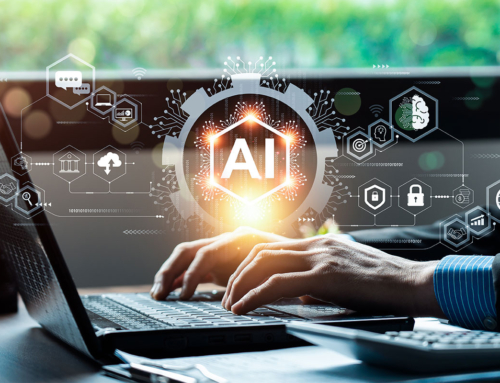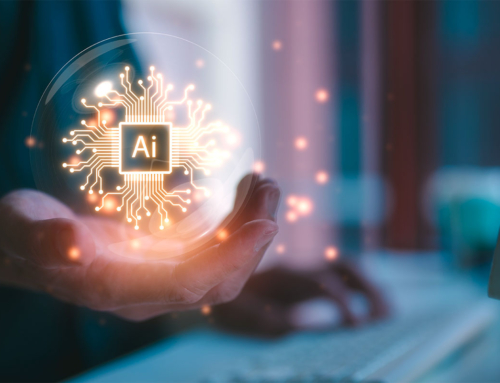In 1994, CHINOOK, a computer program backed by artificial intelligence (AI), defeated the reigning World Checkers Champion.
In 1997, IBM’s Big Blue took on the greatest minds in chess and won.
In 2011, this machine learning program defeated two human opponents on the popular quiz-style game show, Jeopardy! What is IBM Watson?
In 2016, AI conquered the 2,500-year-old Japanese game Go defeating the reigning world champ, Lee Sedol.
In 2017, AI took its final blow defeating four human opponents in Heads Up Texas hold ‘em style poker. And, the year is not over yet.
Looking at this timeline, it’s easy for the fear to take hold and send you running for the hills until you are a safe distance underground, far away from the reach of our AI overlords. Many of these fears are often rooted in widespread misconceptions about AI.
So, let’s begin with what AI is and what it is not.
AI is not robots coming to topple our governments and wage a war against the human race. It is not the terminator. It is not out to get us.
AI is found in our everyday lives. It is integrated into most of the functions found on our smartphones. It is cleverly and expertly coded computer programs capable of enhancing our everyday lives and it is the future of our industry.
Simply put, artificial intelligence is the ability for computer systems to be coded in such a way as to mimic the thought processes like those of the human mind. AI today can complete several tasks including speech recognition (think Amazon’s Alexa); language generation (think Google Translate); and pattern recognition (think Netflix’s Top Picks for…).
With such widespread use of the technology already in effect, it leaves most of us wondering: Is my job safe? And if it is, what will it look like?
In short, your job is more than likely safe. Many sources from Fortune Magazine to HubSpot report jobs requiring creative, social and emotional intelligence will be the least likely to face automatic automation, but look for your day-to-day to look a little bit different.
With programs and applications such as Wordsmith by Automated Insights and Albert by Adgorithms, we will see many of our smaller, more mundane tasks automated freeing us up for deeper, more strategic, creative thinking.
For example, a program such as Wordsmith, powered by natural language generation, is capable of producing reports using your company’s or clients’ data including social and Google analytics. Other programs such as Albert use predictive analytics and deep learning to complete more complicated tasks such as the development of hyper-personalized messaging and autonomous media buying.
While, for many, the initial reaction will always be fear, the future of artificial intelligence and technological innovation requires marketers to position themselves at the forefront of the industry.
Our job as marketers and professional communicators is to harness this technology to improve the work we do; to provide a better experience for clients, consumers and employees; and to effectively communicate about the technology to an audience paralyzed by fear to further progress and innovation.








